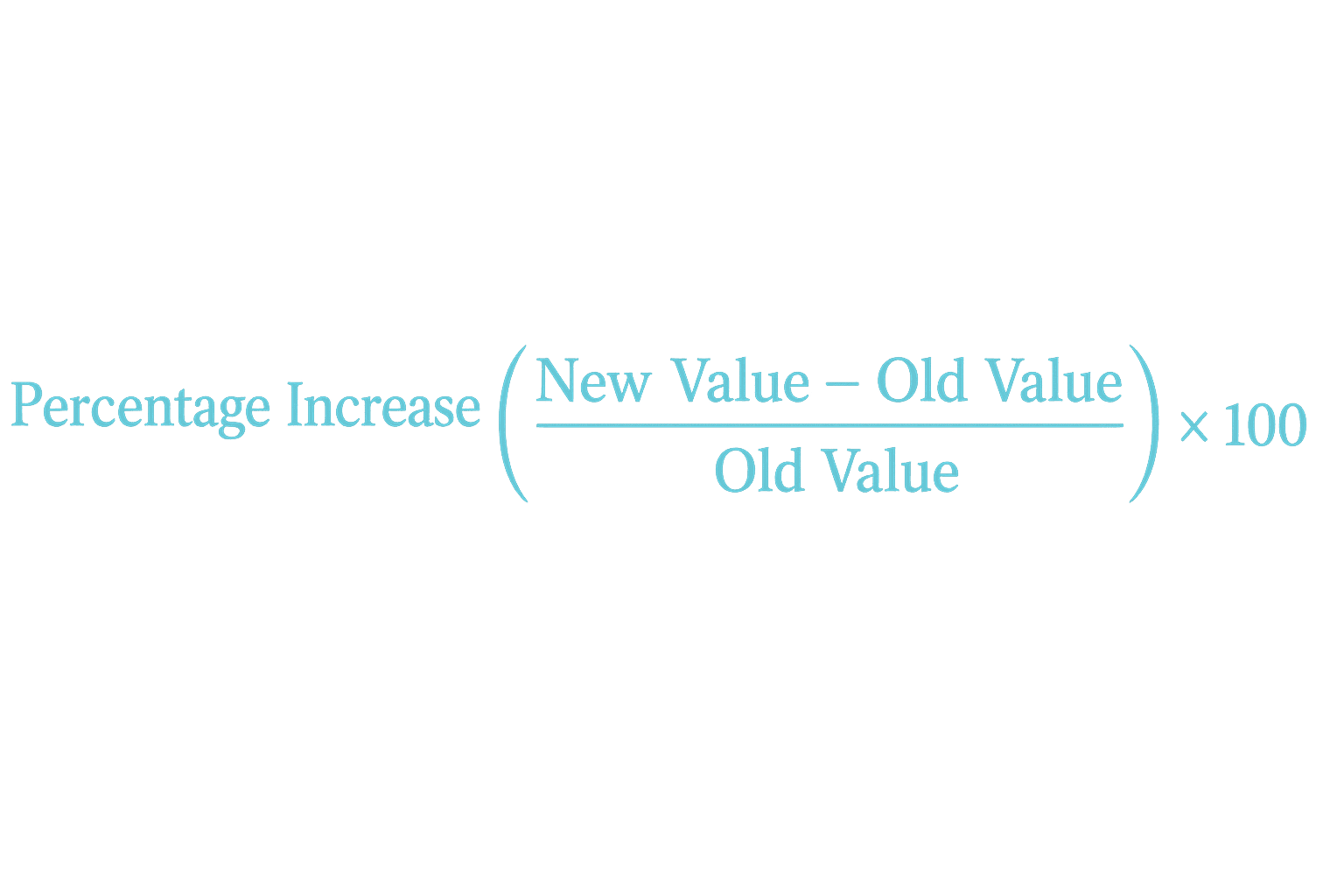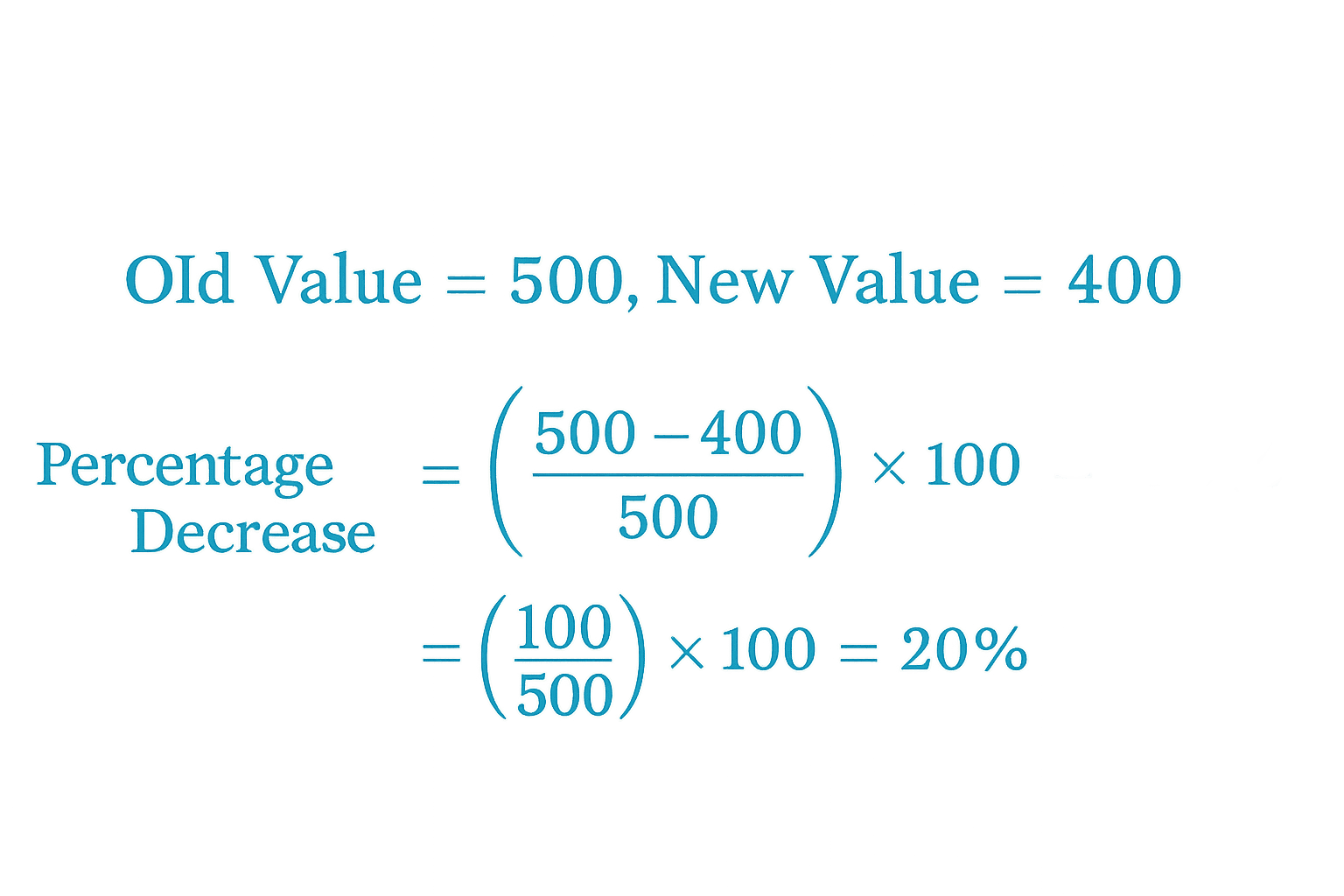X is what % of Y?
What is X% of Y?
What is X increased by Y%?
What is X decreased by Y%?
Percentage Difference Calculator
Percentage Calculator
This is the ultimate percentage calculator tool for quick and easy percentage calculation.
With this single website, anyone can find all the solutions for % calculation, such as a marks percentage calculator, a percentage to marks calculator, a percentage change calculator (such as Increase and Decrease, PCT Difference calculator), etc.

What Is Percentage?
In simple mathematical terms, we can define a percentage as a number or ratio that represents a part/fraction of 100. It can also be denoted as a "percent" or "pct" or "%". This is the common identity of it which is generally followed by a number, where numbers can be dimensionless, decimals, or fractions.
For example, 45% is equal to 0.45 which is decimal, or 45/100 and 9/20 which is fractional.
Pct or % is computed by multiplying the ratio by 100.
Suppose 25 out of 50 are female, 25/50 = 1/2 = 0.5
Thus, 0.5 is a ratio that is now multiplied by 100 to compute the
percent.
0.5*100 = 50%
In simple words, the ratio of 25 female students in the classroom is
equal to 50% of male students in the classroom.
Such as
1]. Dimensionless Form Of %
To convert % to dimensionless form we have to divide % by 100. For
example, 50% is equal to 0.5 Dimensionless.
i.e 50% = 50/100 = 0.5
2]. decimal Form of %
To convert % to decimal form we have to divide % by 100. For
example, 25 is equal to decimal 0.25.
i.e 25% = 0.25
50% = 0.50
75% = 0.75
3]. Fractional Form of %
To convert % to Fraction form we have to put 100 in the denominator
of the %. For example, 25% is equal to 1/4 Fractions.
i.e 25% = 25/50 = 1/2
Percentage Calculation Formula
P x V₁ = V₂
Where:
P = percentage (as a decimal, e.g. 20% =
0.20)
V₁ = original value,
V₂ = new value (after applying the percent)
For example, there is one mobile for sale with the price of 10,000RS and the discount is 20% on it. Now let's find the discount value and the final value of the mobile phone after the discount.
Here according to our formula
Step 1: P = 20% = 0.2%
Step 2: V₁ = 10,000
Step 3: Apply the % formula
P x V₁ = V₂
0.20 x 10,000 = 2000
Step 4: Final value of phone after minus
discount
10,000 - 2000 = 8000 RS
Example: P x 40 = 2
P = 2/45 = 0.05
0.05 x 100 = 5%
Percentage Difference Formula

Where: |V₁ − V₂| = Absolute difference V₁ and V₂ ( Always positive
)
(V₁ + V₂)/2 = Average value of V₁ and V₂
Now, multiply it by 100 to get the %
Now, let's understand it with a real-life
example.
Now, let's understand it with a real-life example.
Previously, the price of a mobile was 10,000 RS. Now, after the
change, the price of that mobile is 11,400 RS. Now, let's find out
what is the percent change in price.
Now put the value according to the formula shown above to get the
final % change in the price of above given example.
|10,000 - 11,400| = 1400
|10,000 - 11,400| / 2 = 10, 700
|1400 / 10,700| x 100 ≈ 13.084%
Percentage Increase Formula

i.e. Now the price of one thing is 250 RS but before it was 200 RS, for that now let's find how many % increases in their value.

Answer = 25% price increase
Percentage Decrease Formula

i.e. Now the price of one thing is 400 RS but before it was 500 RS, for that now let's find the how many % decrease in their value.

Answer = 20% price decrease